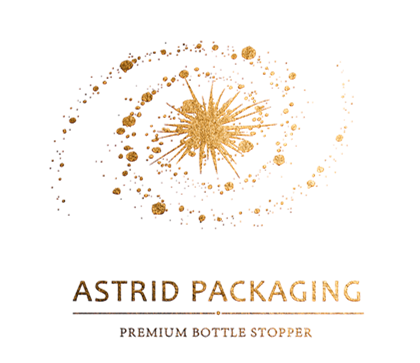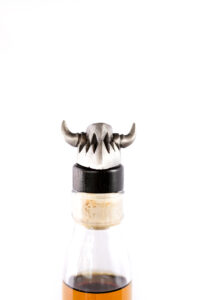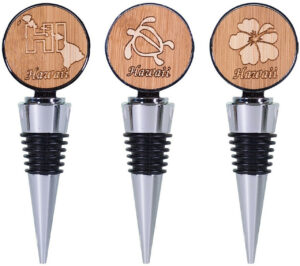The cork is the guardian of wine. It can prevent the liquor from being polluted or oxidized. Nowadays, there are many kinds of corks on the market, each with its own characteristics. In addition to the cork, what other corks deserve attention?
Cork
Cork, also known as natural cork, enjoys the reputation of “wine patron saint”.
This cork has a history of thousands of years. According to research, as early as the 1st century BC, people living in the ancient city of Ephesus began to seal wine with corks.
It is made from the bark of Quercus variabilis, which is mainly planted along the Mediterranean coast, most of which is planted in Portugal.
Although the market share of cork has gradually declined in recent years, it is still the preferred cork for many manufacturers.
Which of the common corks do you prefer?
Benefit: the cork is soft and elastic. It can well seal the bottle mouth, but it will not completely isolate the air. Instead, it allows an appropriate amount of air into the bottle, which is conducive to the wine to slowly develop more complex aroma, but this is only for high-quality wine.
Disadvantages: corks are easily affected by the environment. Fluctuations in temperature and humidity will cause changes in corks, leading to shrinkage, allowing excess oxygen to enter the bottle and oxidize the wine.
It also has a fatal defect, corked. It is a problem caused by a substance called TCA, namely Trichlorobenzene methyl ether, which will bring bad smell to wine, such as old newspapers, wet cardboard and wet dogs.

Screw Cap
Screw cap is a new upstart in the cork industry, which has gradually won the favor of more and more wine manufacturers.
Screw cap was originally only used to encapsulate low-quality wine, so many consumers mistakenly think it is synonymous with cheap wine.
However, after decades of development, the screw cover has got rid of its original image. Since 2000, many manufacturers have started to use this kind of bottle stopper, including the old world countries that used to reject it very much.
Nowadays, many high-end wines in Australia and New Zealand use screw caps to seal bottles.
Which of the common corks do you prefer?
Lee: first of all, the wine sealed with screw cap can be opened easily without any bottle opener, which is very convenient to operate.
Secondly, the cork has no cork pollution and is not easy to be affected by the environment.
Disadvantages: the screw cover is tightly sealed, and very little air can enter.
It is not a good thing for old wine that needs an appropriate amount of oxygen to help. In addition, this kind of bottle stopper sometimes brings a reducing smell such as flint or rotten egg to the wine.
Synthetic Cork
Synthetic plugs are usually made of synthetic plastic products. The bottle stopper has low cost and can be recycled.
It is similar to natural plug in appearance and function. Some famous manufacturers have also introduced synthetic plugs made of sugarcane polymers.
Lee: the synthetic stopper has the function of cork, that is, it can let an appropriate amount of oxygen into the bottle, which is conducive to the development of wine. In addition, there is no risk of cork contamination.
Disadvantages: the sealing performance of synthetic stopper is not as good as that of cork. Sometimes too much oxygen will enter the bottle.
It is only suitable for wines that can be drunk in a short time, not for wines with strong aging potential.
Agglomerated Cork
The composite plug is made of cork particles and binder. Its effect is similar to that of natural plug in the short term, and its production cost is also very low.
Lee: the composite plug is not easy to be affected by the environment and is not easy to break. Secondly, this kind of bottle stopper rarely has the problem of cork pollution.
Disadvantages: it is easy to break when opening the bottle, and the quality is not very stable.
The binder may be integrated into the liquor, which is not conducive to health. Like synthetic stoppers, it is not suitable for long-term aging wines.
In addition to the above bottle stopper, there is also a wine stopper called diam.
This is a bottle stopper that makes cork particles into powder, then removes TCA and other components causing defective odor, and then makes the powder again.





